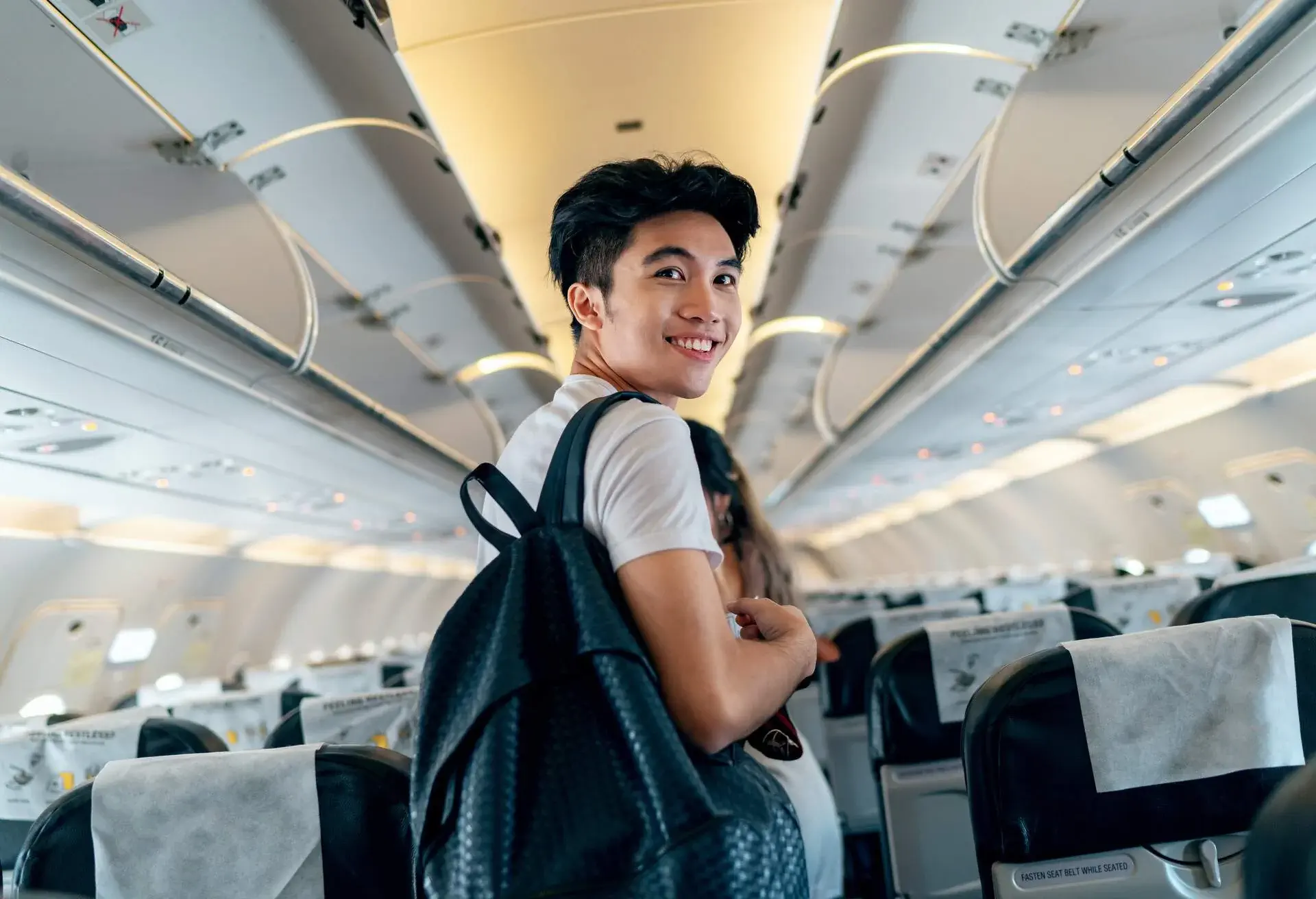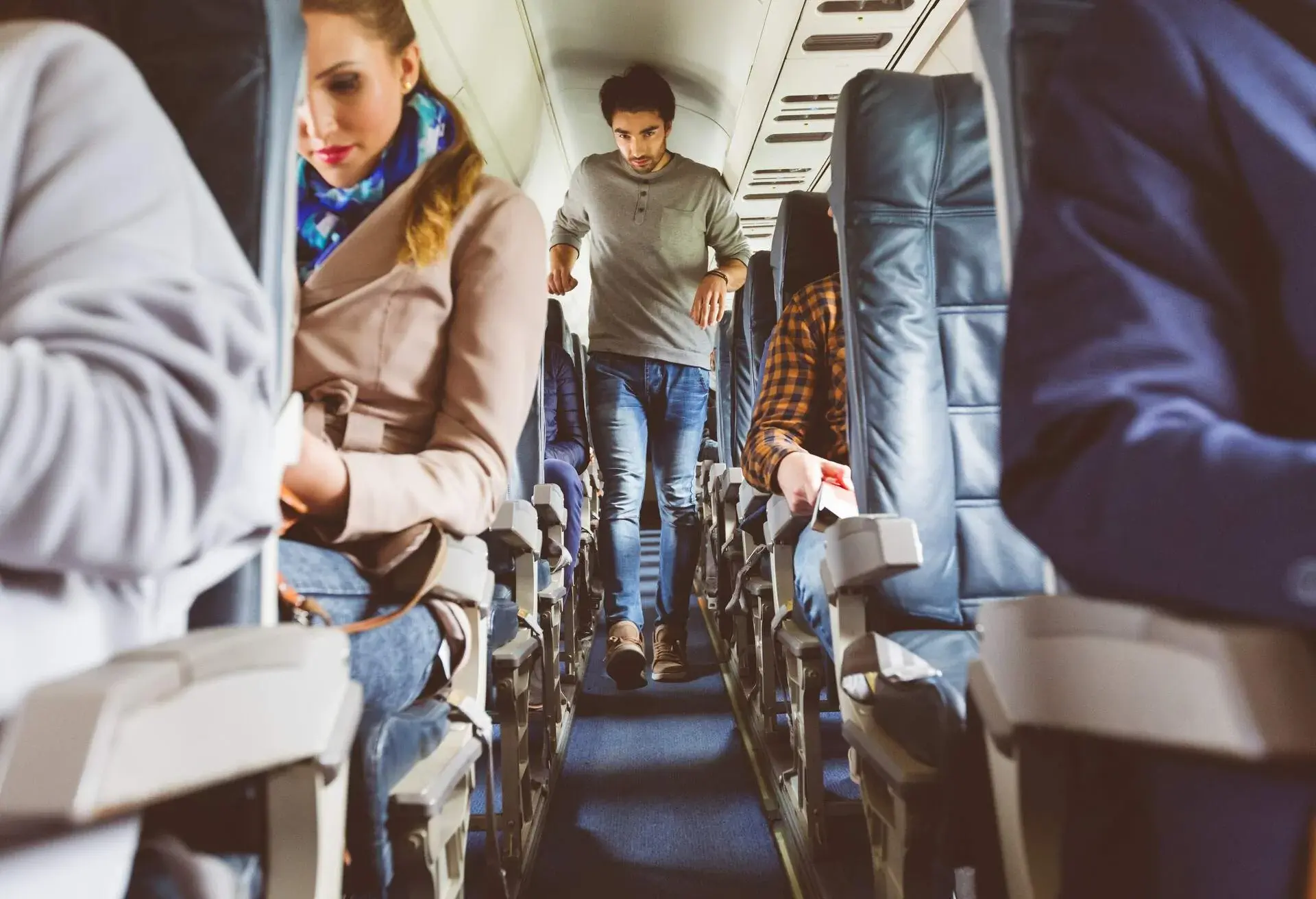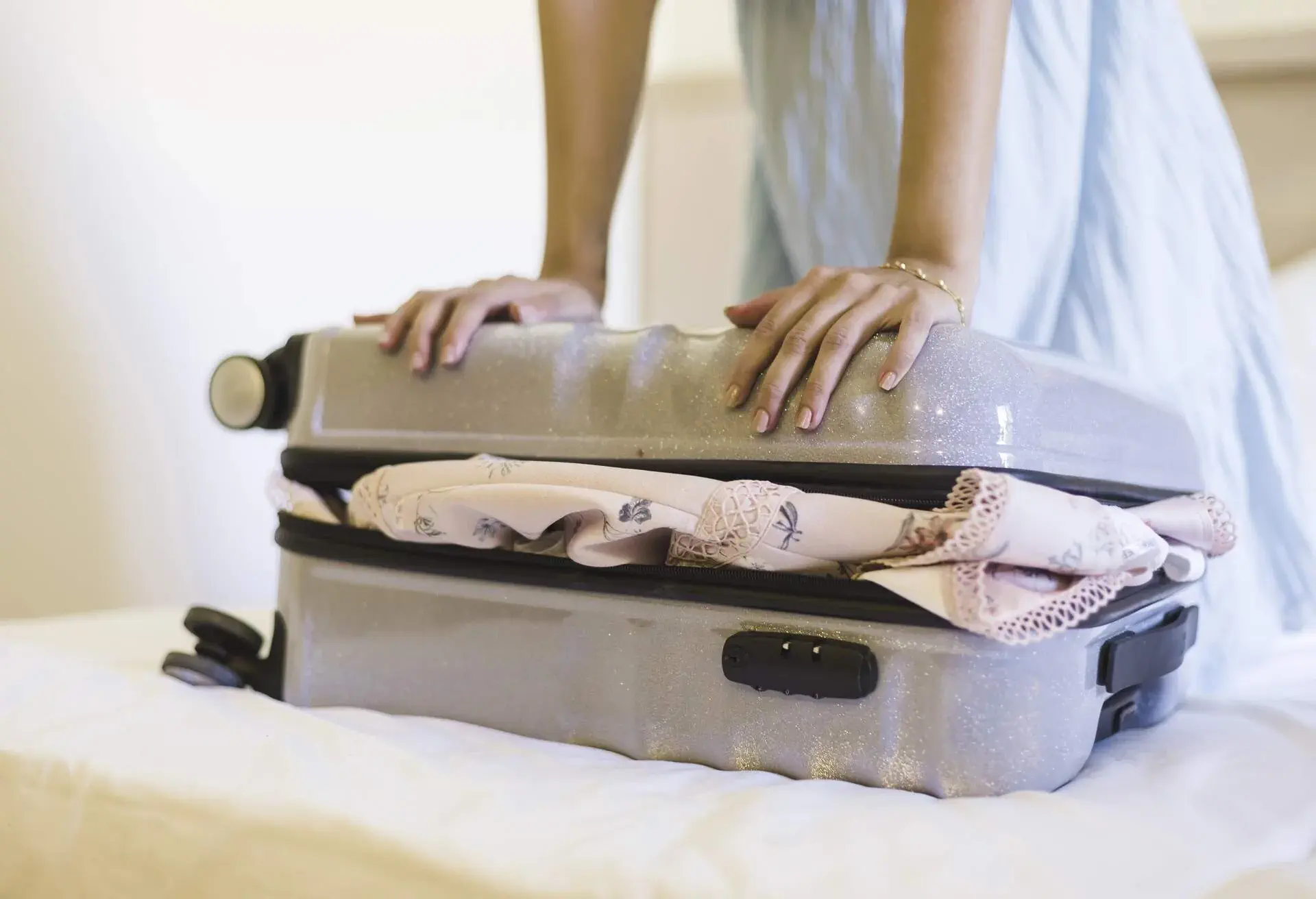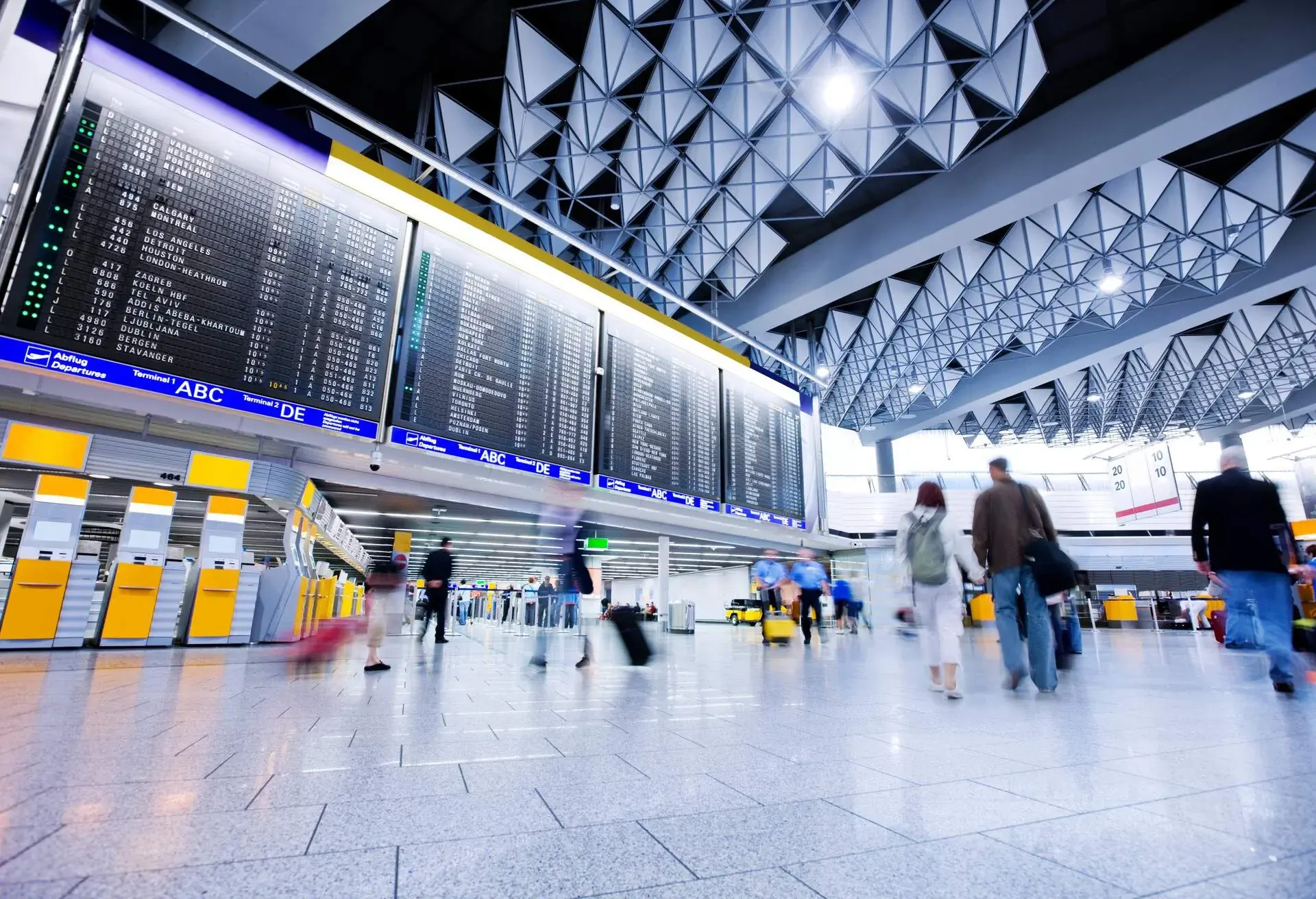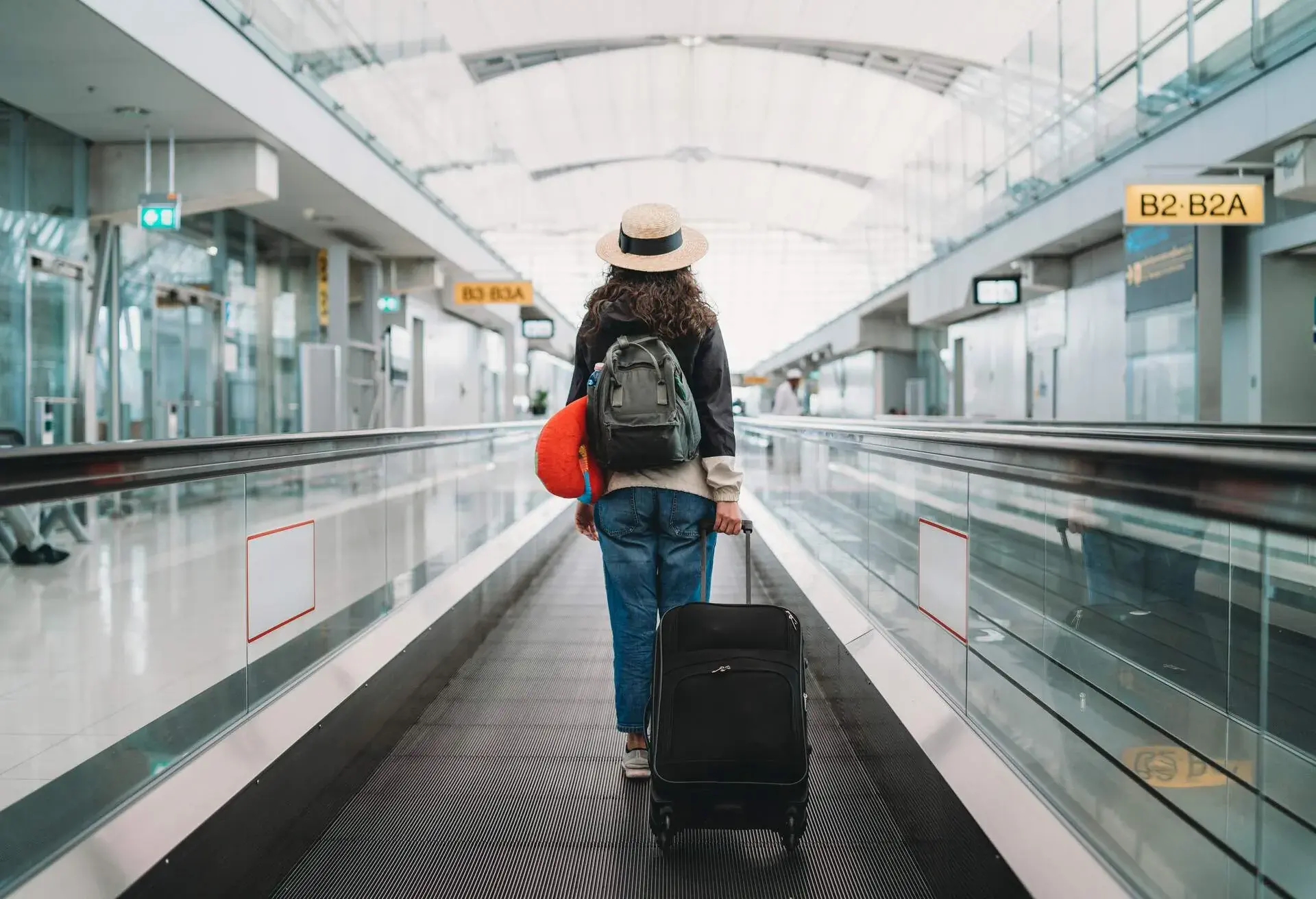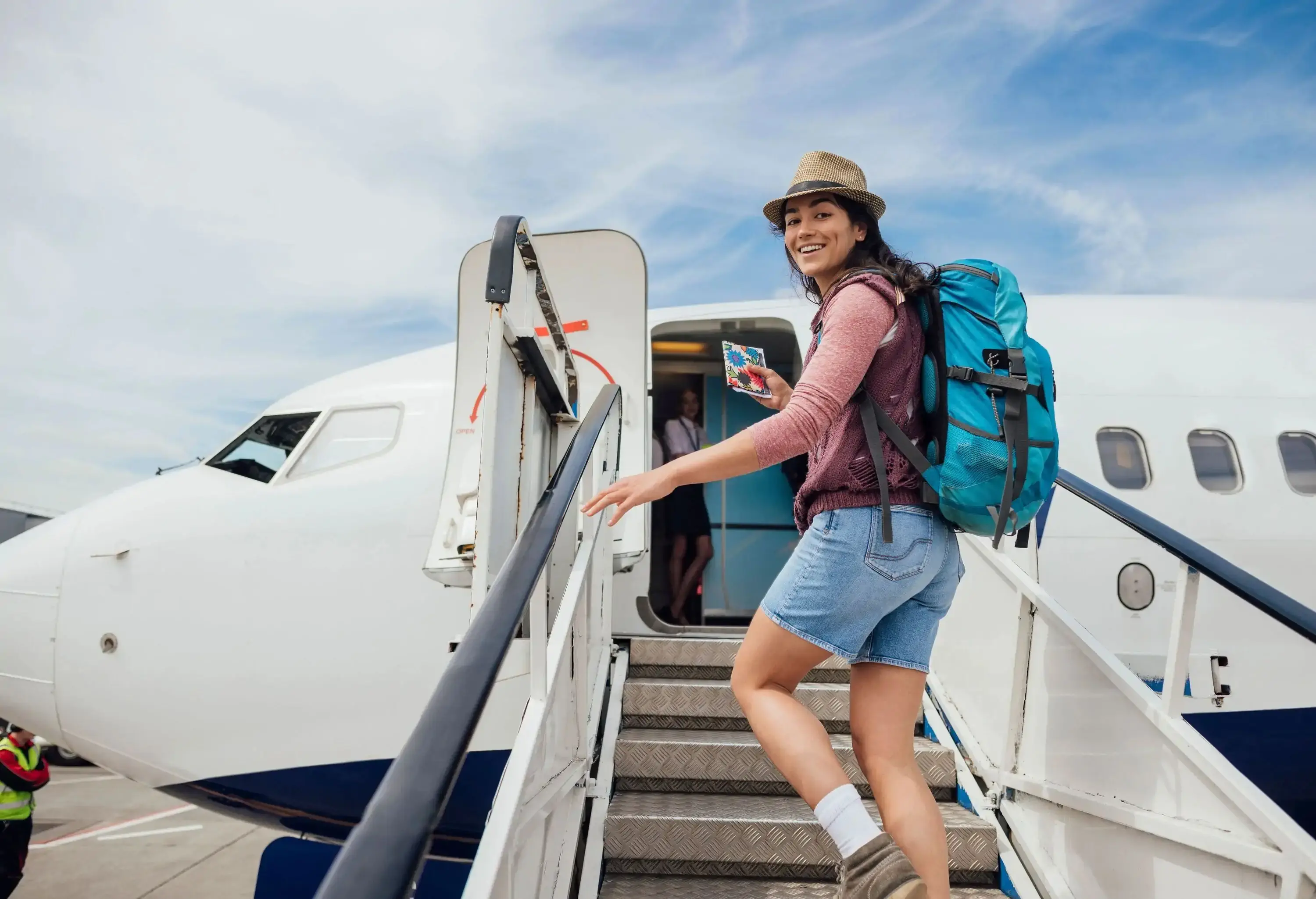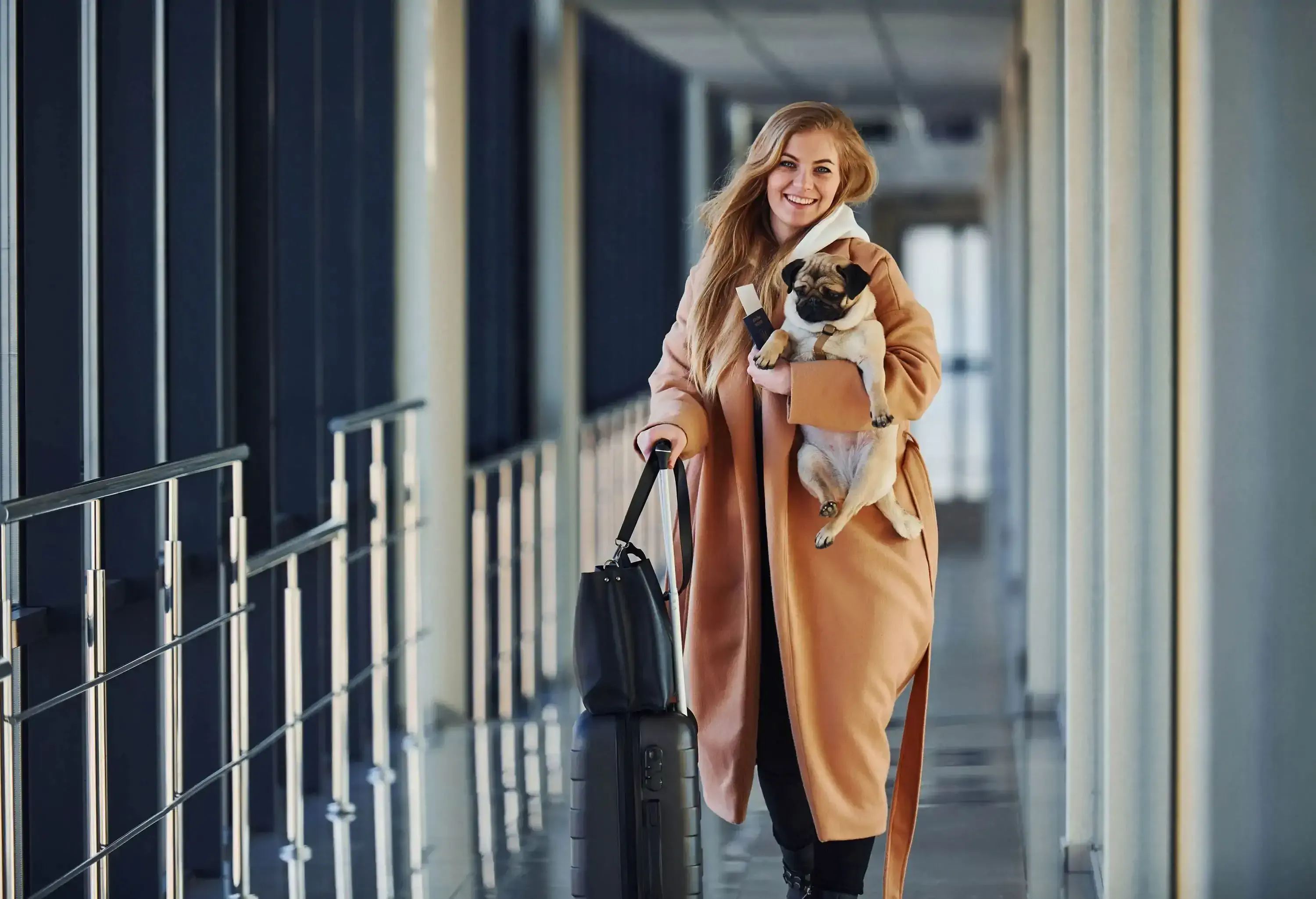To maximize your comfort and enjoyment of the in-flight experience, it’s important to know how to prepare for a flight, so this guide covers everything from planning to landing to ensure you don’t overlook a thing.
Step one for a seamless flight is to download the KAYAK mobile app. It’s not just for booking flights, hotels, and cars – many of the tips below are made even easier by having everything in the palm of your hand at every stage of the process, and some are only possible with the app.
15 essential tips for flying
1. Get organized
The best way to avoid stress on the plane is to have less stress before boarding. Prevention is the best medicine! Make sure your trip is fully organized with KAYAK Trips, a free travel planner that will help you fill all the holes in your itinerary and leave your mind worry-free throughout your journey. It’s important to tick all the boxes before your trip, but there’s no reason to be stressed about them when our planner tracks them all for you.
2. Know the checked baggage restrictions
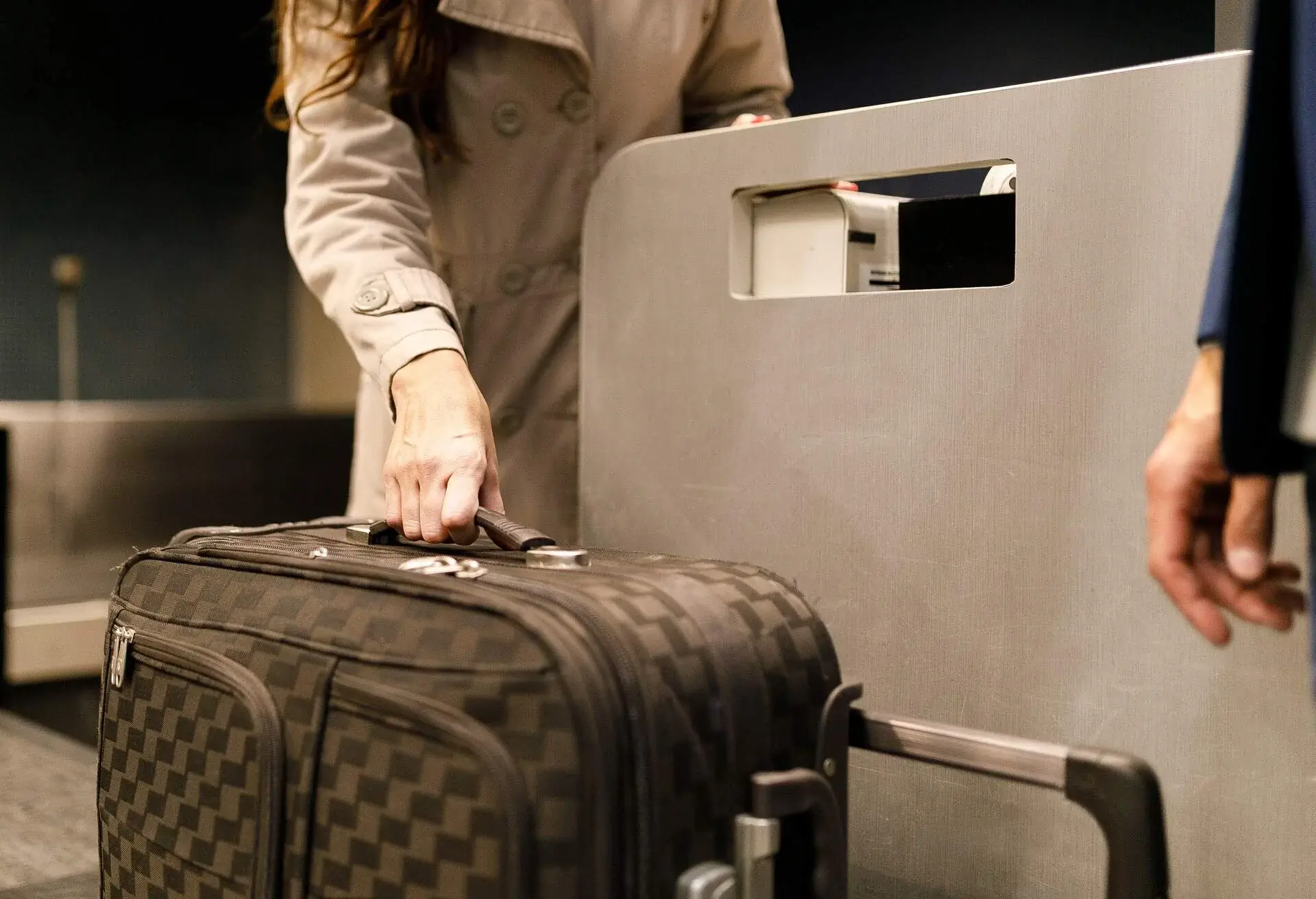
Have you seen those people opening their suitcases at the check-in counter? They’re frantically repacking because they didn’t know the baggage restrictions until it was too late. Both bag dimensions and weight limits are strictly enforced by most airlines, so avoid hefty last-minute charges by checking your airline’s guidelines on their website before packing. And always stick to them.
3. Comply with carry-on guidelines
Though it’s true that many major airlines won’t weigh your carry-on, they can. Stay under the weight limit to avoid this potential pitfall. Even more importantly, be sure your carry-on follows the airline’s dimension restrictions; this is enforced more frequently, and if your bag won’t fit in the overhead bin, it simply can’t come aboard. KAYAK’s Bag Measurement tool can confirm you’ve complied with dimensions through interactive video alone (and it’s fun, too).
4. Track your own flight
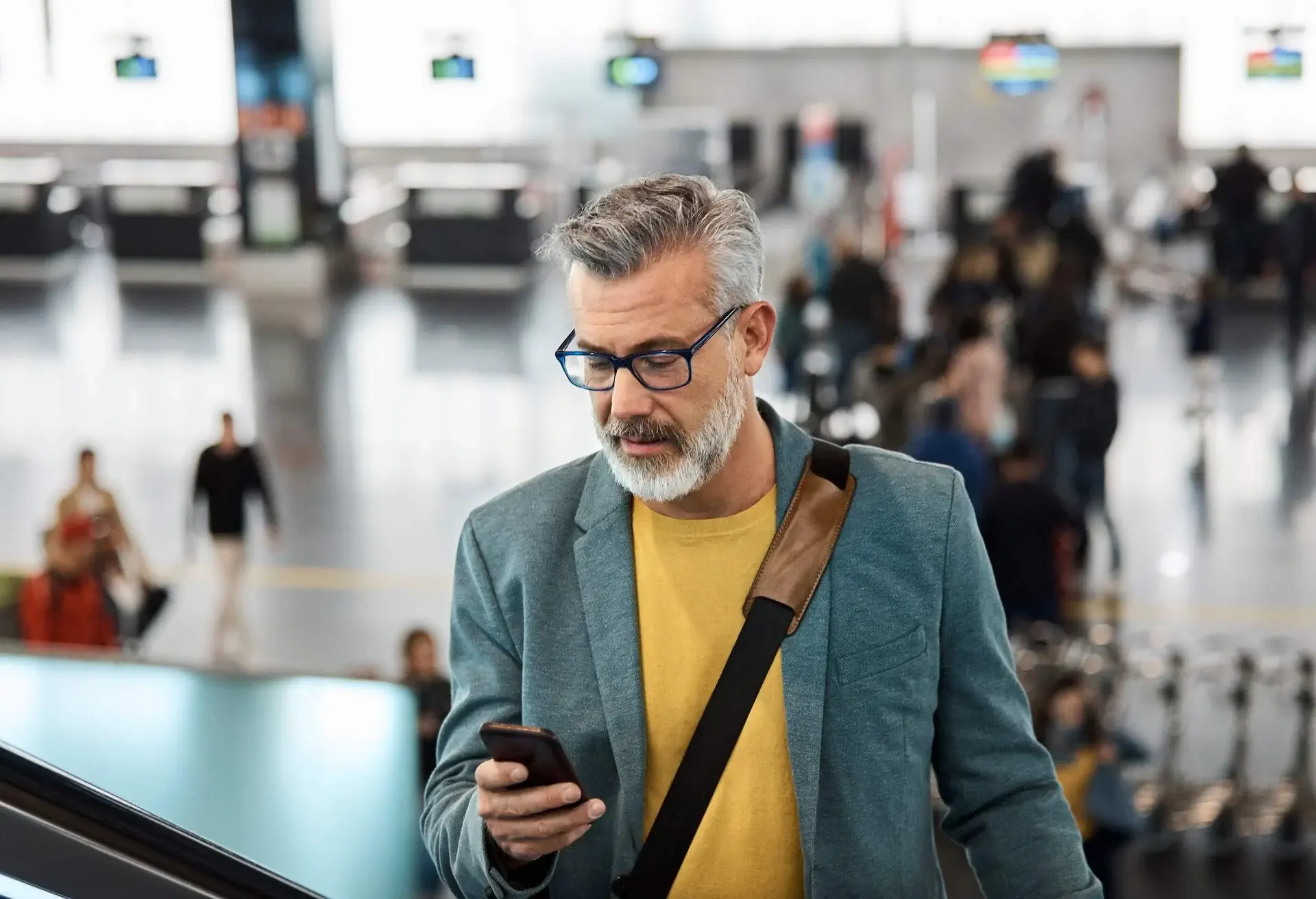
You may be familiar with flight delays, but planes can also leave significantly earlier than originally scheduled. As infrequent as that is, it happens, and if you’re not already at the airport you may miss your plane through no fault of your own. Using a Flight Tracker before your flight can alert you to any sudden scheduling changes so you can board in time, or be first in line for rescheduling if you know you won’t make it.
5. Arrive early
Even if you don’t miss the plane, running through the airport is a major physical stress and will negatively impact your entire flight. Bag drop lines can be long, security lines can be even longer, and gate changes could send you hiking another 20 minutes to the other side of the terminal. Having status with airlines or security shortcuts like TSA Precheck can greatly reduce the time you need at the airport pre-flight, but the average traveler should arrive at least 2 hours early for domestic flights and 3 hours for international.
6. Wear loose clothing

Some of the most common discomforts and even health concerns on planes come from clothing that restricts circulation. Avoid these by simply wearing loose-fitting garments, especially for longer flights. This can also help prevent you from feeling too warm, though it’s more common that passengers find cabins to be too cold than too hot.
7. Bring a sweatshirt
If you’re not already wearing one, bring a loose-fitting sweatshirt on board. If the cabin is too cold for your comfort, this will help for obvious reasons. Beyond temperature control, a rolled or bunched-up sweatshirt can also serve as neck support, a pillow, or even to soften the armrest, which is generally metal or hard plastic.
8. Pay attention to socks
Socks are surprisingly important on planes. It’s common for passengers to remove their shoes during flights, but bare feet are generally frowned upon by other passengers and aren’t hygienic for you, either. Airplane floors are only superficially cleaned between flights, and you certainly don’t want to go into the restroom barefoot, either. An extra pair of travel socks goes a long way for health and comfort on board, and compression socks can also improve circulation.
9. Pack a small pillow
When I say small, I mean toddler small. Look specifically for pillows designed for air travel so you can cushion your neck, your elbows, your lower back, or even your rear end without inconveniencing your neighbors. Keeping it small will also take up less space in your already-restricted carry-on bag.
10. Don’t overpack your personal item
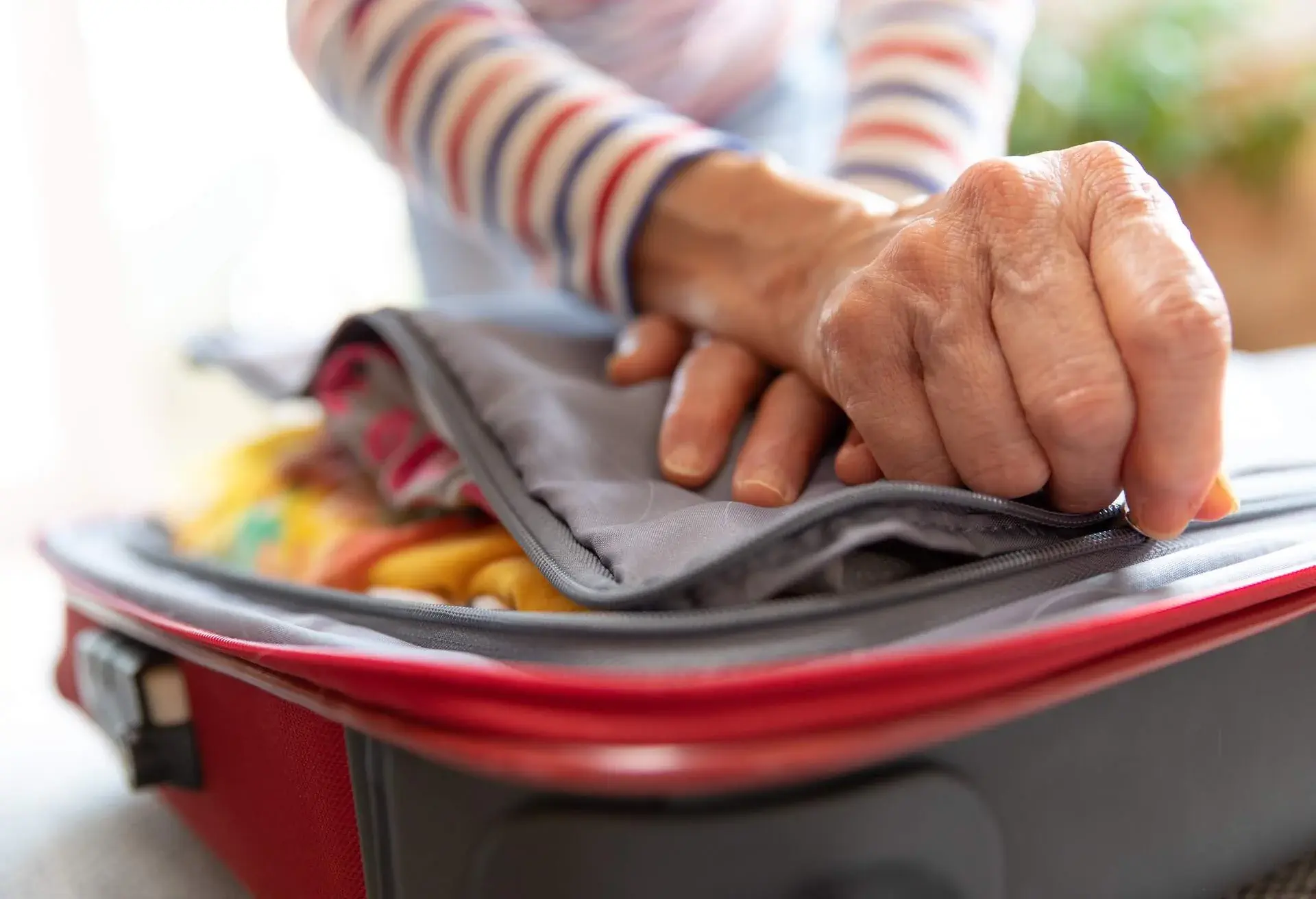
Your larger carry-on item, like a suitcase or duffel bag, should go in the overhead bin, but a personal item like a handbag or briefcase will typically need to go under the seat in front of you. That’s also your only available legroom, so the bigger your bag the less space you’ll have to stretch out. Don’t keep anything in this bag more than what you need while in your seat. Everything else can go above.
11. Don’t bring alcohol on board
You may have seen memes or heard fun tips about bringing tiny liquor bottles on planes to mix your own drinks for free, but it’s not allowed. You can bring TSA-approved amounts of alcohol on board, but it’s a federal violation to consume them. Don’t waste your carry-on space.
12. Avoid alcohol entirely
There’s something about the romance of flying that makes people want to enjoy an onboard drink any time of day, but this is a bad idea, especially on longer flights. It’s already difficult to stay properly hydrated in the conditions of a plane cabin, but adding alcohol to the mix dehydrates you further. It can also send you to the restroom more frequently. If you do partake, drink an equal amount of water between alcoholic drinks.
13. Stretch
The longer the flight, the longer your body will remain in an unnatural, cramped position that will make you increasingly uncomfortable and can cause health issues that could persist after your flight. Taking a short walk every couple hours on a longer flight, or even standing upright at your seat, can minimize these concerns, but even stretching in your seat and flexing joint areas like your ankles, wrists, neck, and shoulders will help.
14. Pick the right row
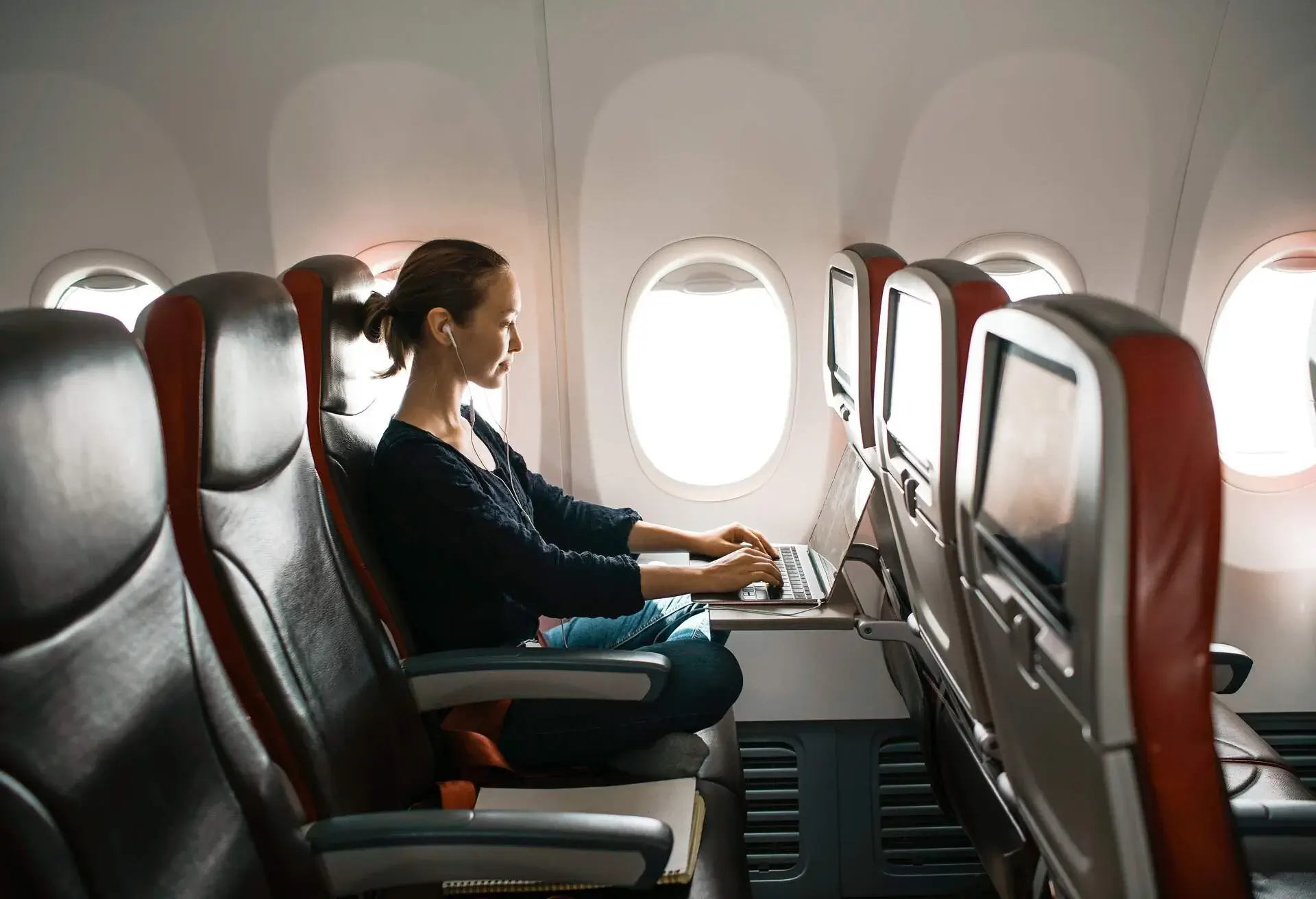
If you’re traveling internationally and don’t have any form of fast-track status at your destination, choosing a seat toward the front will get you off the plane before potentially hundreds of people sitting behind you. This can save you tons of time at border control. If timing isn’t a concern for you, sitting toward the rear of the plane increases your chance of having an empty seat next to you, as planes are typically filled from front to back when passengers don’t choose their own seats.
15. Share your flight number
If you’ll be picked up by a friend or family member on arrival, share your flight number and encourage them to use a Flight Tracker, too. Arrival times change frequently thanks to runway delays, changing weather conditions, and other fun surprises, so both your driver and you will benefit from knowing when you’ll actually land, rather than the originally scheduled estimate.
How KAYAK knows what to put in this guide
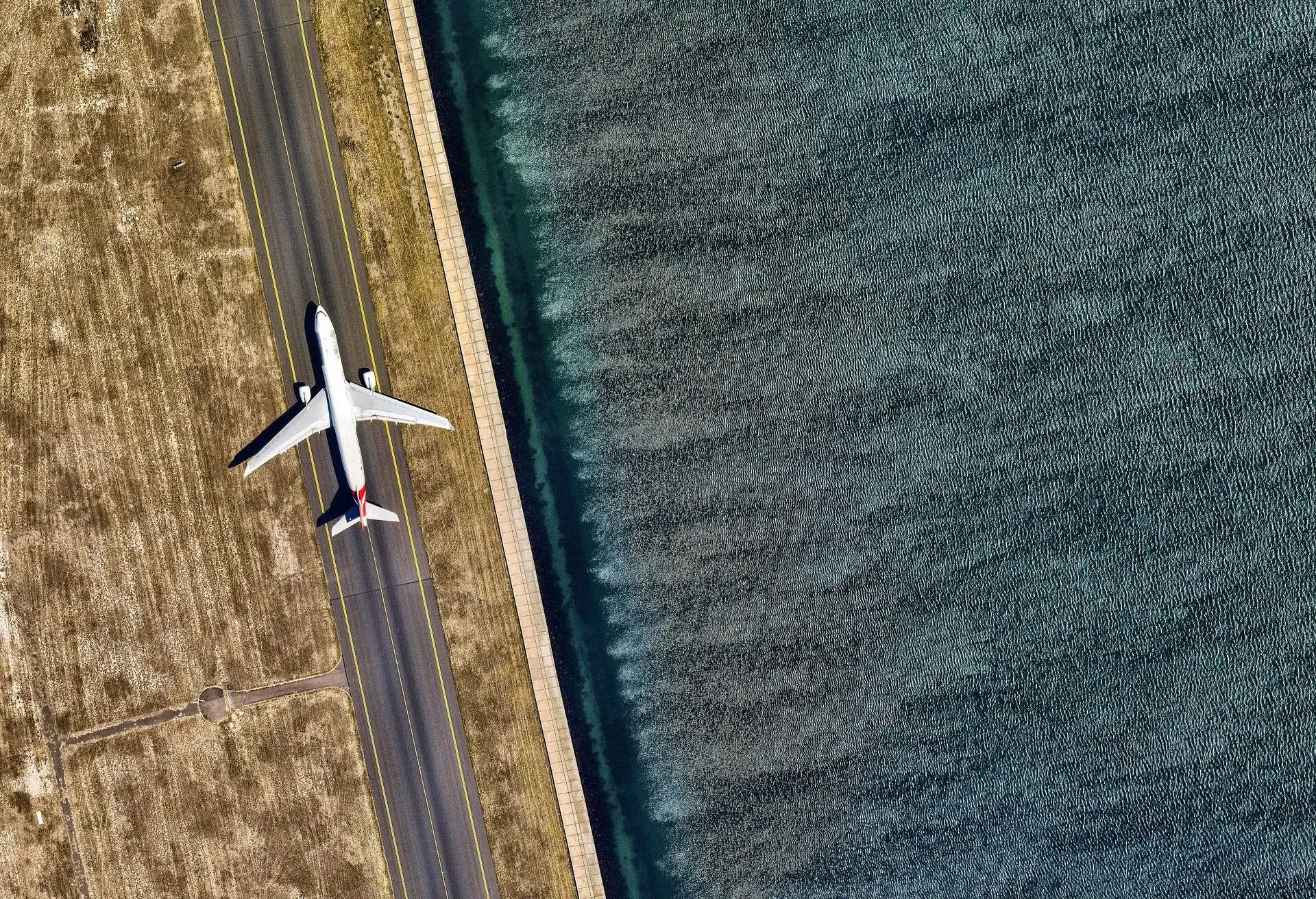
Knowledge that comes from experience! With an average of 120 annual flights spread across every week of the year, I spend too much of my life in airports and sitting on airplanes. After years of this grueling schedule, I now know exactly how to make these countless hours more comfortable and less stressful, no matter how short or long the flight is. I combined this experience with KAYAK’s tools and expert teams to prepare this guide.
Get going!
Now that you’re fully prepared for your flight experience, check out this year’s travel trends and begin planning without worry. If your scheduling window is still wide open, consider booking your getaway during slower travel months to avoid crowds and score lower rates on everything from hotels to activities.
Some of our favorite flight routes
Tips for flying FAQ
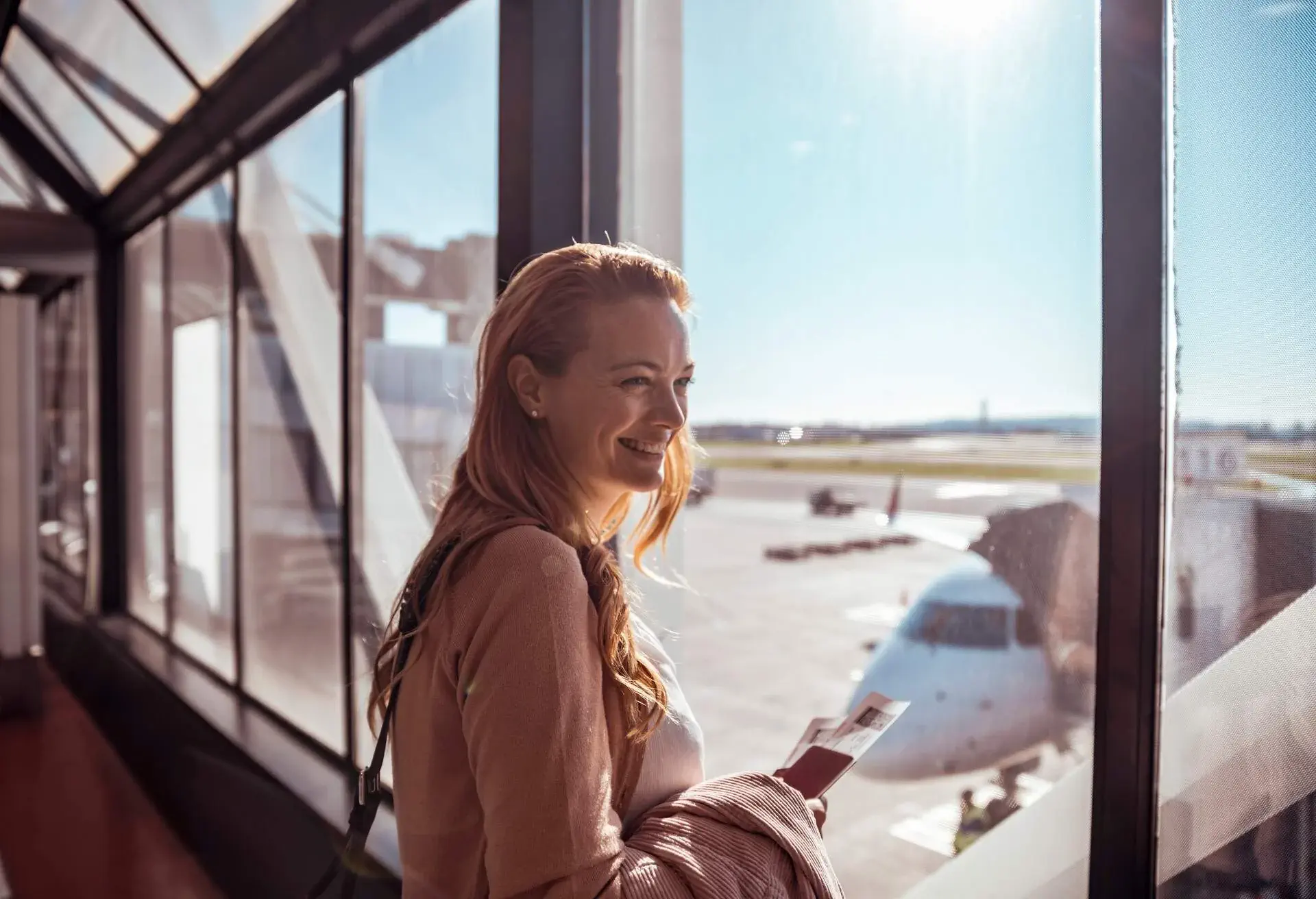
How to board a plane?
As chaotic as it looks, the boarding process is very simple, provided you know your zone. Most major US airlines board by zone, and these are rarely assigned intuitively, so be sure you know yours before the crush to board begins. Your boarding pass will indicate your zone, and attempting to board before you are called will generally result in being kicked out of line and delaying the process for everyone.
What must you do 30 minutes before a flight?
Most boarding doors will close 15–20 minutes before the scheduled departure time, and these doors cannot be reopened. If you arrive after the door is closed, no excuse will reopen it, so don’t bother. Therefore, it’s advised that all passengers be in the boarding area 30 minutes before boarding. It doesn’t hurt to use the restroom around this time, either, to avoid waiting in lines on board.
What do you need to get on a plane?
For domestic flights, you do not need ID at the boarding gate. Once through check-in and security, return your ID to your bag so you don’t lose it in the commotion of boarding and stowing your carry-on items. International flights typically require you to show your passport again while boarding, so do keep this one handy. All flights will require your boarding pass, either printed or digital.
What to do on an airplane?
If you’ve familiarized yourself with all of the tips for flying above, the only thing left to do on the plane is to make yourself as comfortable as possible and relax. Pass the time with in-flight entertainment, reading, or work, enjoy responsible snacks and drinks that won’t stress your body, and don’t fret about things you can’t control. Above all, always do whatever an airline employee instructs – they are the ultimate authorities in the air and you’re legally obligated to comply with their instructions.

